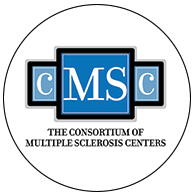An extension trial assessing generic glatiramer acetate (GTR) treatment in multiple sclerosis (MS) patients found that the formulation is as safe and effective as Copaxone (branded glatiramer acetate), and that switching to GTR is well-tolerated.
The findings were in the study, “Switching from branded to generic glatiramer acetate: 15-month GATE trial extension results,” published in the Multiple Sclerosis Journal.
Previous trials showed that daily, subcutaneous injections of Copaxone, at a dose of 20 mg per milliliter, reduced clinical relapses and lesions in relapsing-remitting multiple sclerosis (RRMS) patients. Those results helped the treatment receive regulatory approval (in 1996 in the U.S. and 2000 in the U.K.).
More recently, the U.S. Food and Drug Administration (FDA) and the European Medicines Agency (EMA) approved GTR. The EMA approved the treatment once it received data from a double-blind, placebo-controlled Phase 3 clinical trial (NCT01489254) comparing GTR and Copaxone. The trial showed that, in RRMS patients, GTR was as effective, safe and well-tolerated as the branded drug.
The objective of the 15-month extension trial was to assess the efficacy, safety, and tolerability of prolonged exposure to GTR. Researchers also wanted to evaluate whether switching from Copaxone to GTR would impact patients’ safety.
In the initial trial, patients were randomly assigned to three treatment groups. The first group was given daily, subcutaneous injections of GTR (20 mg per milliliter), while the second received 20 mg per milliliter of Copaxone. Patients in the third group received a matched placebo.
In the open-label extension, everyone was given 20 mg per milliliter of GTR each day for 15 months.
Researchers evaluated the treatment’s safety at months 12, 15, 18, 21, and 24. They also assessed patients’ Expanded Disability Status Scale scores, and performed magnetic resonance imaging (MRI) scans at months 12, 18, and 24. The assessment included measuring patients’ glatiramer anti-drug antibodies at baseline and months one, three, six, nine, 12, 18, and 24.
The mean number of lesions detected using MRI was similar at months 12, 18, and 24 in the GTR and trial Copaxone patients. The change in other MRI parameters was similar as well. Also, GTR was found to be safe and effective over two years.
“Moreover, the extension part of this trial … demonstrates that patients can be switched safely from (Copaxone) to generic GTR without loss of efficacy, safety, or tolerability,” the researchers wrote. “These data should help patients and prescribers to positively consider GTR as an alternative to branded GA.”










